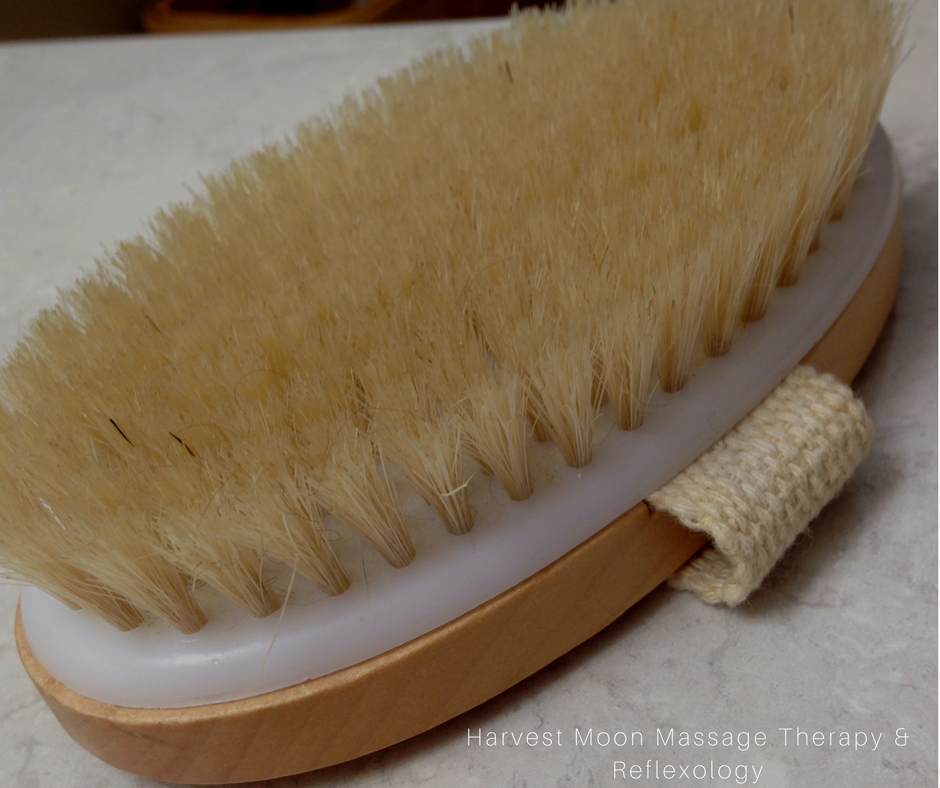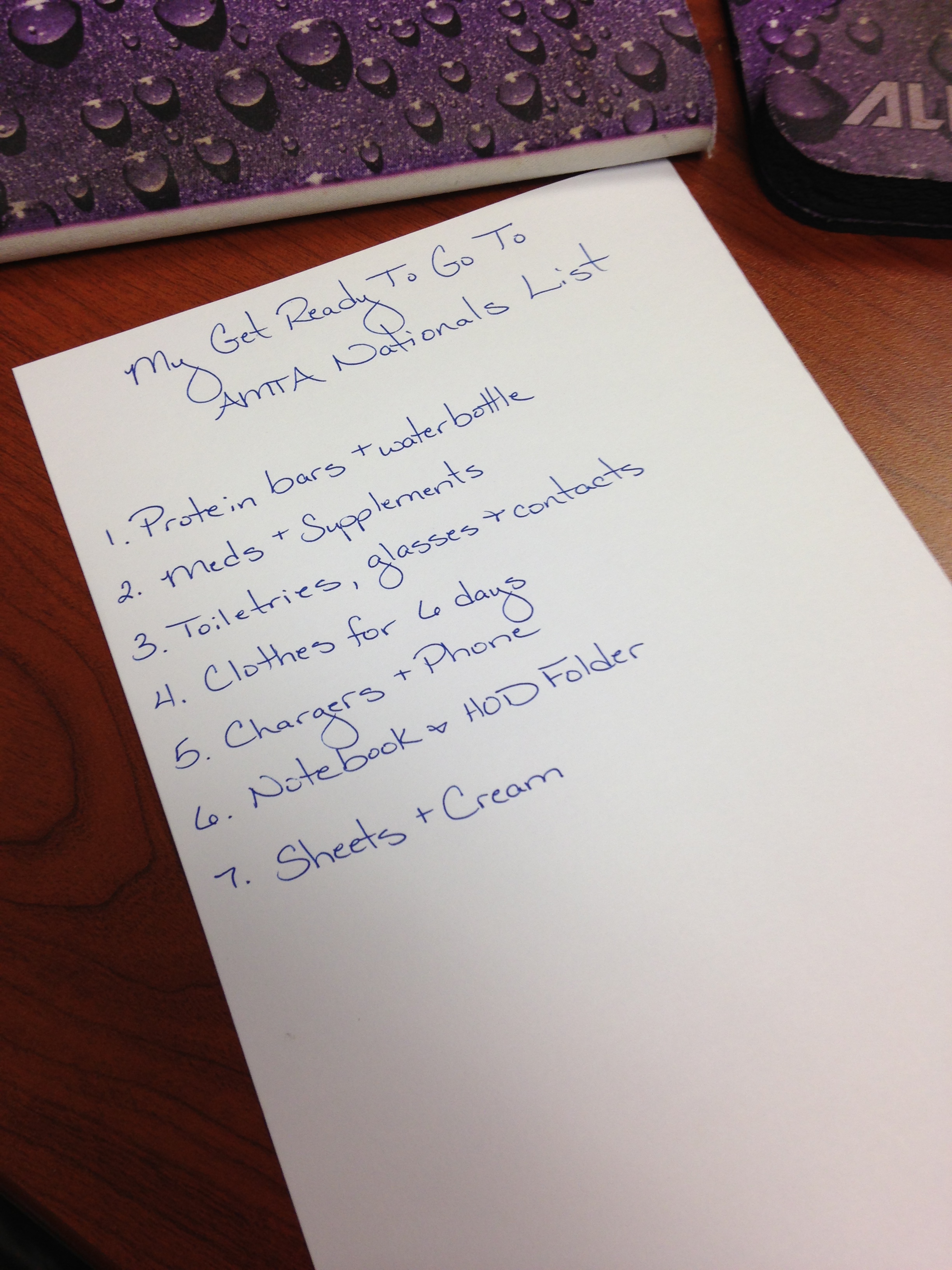What Is Dry Brushing?
 Dry brushing is an ancient skin care technique that has been used throughout the centuries by countless civilizations. History also tells us it has been used for many different purposes. Stimulation of the lymphatic system and skin exfoliation being the primary purposes. On the internet you will find claims that have not and cannot be verified promising everything from cellulite reduction to religious experiences. It’s out there and that’s why I decided to write about it. I wanted to try to clear up the fact from the fiction.
Dry brushing is an ancient skin care technique that has been used throughout the centuries by countless civilizations. History also tells us it has been used for many different purposes. Stimulation of the lymphatic system and skin exfoliation being the primary purposes. On the internet you will find claims that have not and cannot be verified promising everything from cellulite reduction to religious experiences. It’s out there and that’s why I decided to write about it. I wanted to try to clear up the fact from the fiction.
Exactly What is Dry Brushing?
Dry brushing is the process of brushing dry skin with a natural bristle brush. The brush strokes are short, quick, and stimulating. Most sources say to start at the feet and brush your way up the fronts, backs, and sides of the legs, up the front, back, and sides of the body, and up the fronts, backs, and sides of the arms toward the arm pits. The neck and chest can be brushed in downward strokes toward the arm pits.
When you first begin dry brushing it may feel scratchy, but you should quickly adjust to the sensation. If you don’t, lighten the stroke. It should feel good, almost like something you didn’t know your skin needed. As you work your way up and around the body you will notice a warm feeling where you have already brushed. Perhaps your skin is a little pinker or darker than it was, this is from the blood flowing into the epidermis. A word of warning to ladies of a certain age, dry brushing can instigate a hot flash.
Why Should I Care About Dry Brushing?
There are numerous reasons you might be interested in trying dry brushing. Stimulating the lymphatic system is a common reason many try this self-care technique. For clients who are suffering from chronic swelling that is not complicated by skin infection and when it is appropriate, I sometimes recommend dry brushing as an adjunct to manual lymphatic drainage. It is a simple, self-care technique that is effective for many and empowers those who sometimes feel helpless in the struggle against lymphedema.
Another common reason you might be interested in dry brushing is to exfoliate dry, flaky skin. The strokes during dry brushing literally brush dead skin cells away. This is known as manual exfoliation and provides the common benefits of skin exfoliation. Manually dry brushing skin gently smooths and stimulates the skin leaving a tingling, fresh feeling and decreasing the chance of clogged pores. It is not advised to dry brush the face, other sensitive areas, or broken or infected skin.
Increasing blood circulation to the skin is another great reason to investigate dry brushing. As a by-product of the manual stimulation and exfoliation of the skin is blood flow. Increased blood flow affects the color and texture of skin by circulating needed oxygen and nutrients, mobilizing cellular debris in the lymphatic system and reducing puffiness. Regular dry skin brushing is said to improve the look of skin. Of course this is subjective and each person will experience different results.
It may take a week or two to really begin seeing results from regular dry brushing. It takes time for the skin to adjust to the increased stimulation. If symptoms such as localized swelling, skin reactions, or rashes occur stop dry brushing. Dry brushing isn’t a panacea for everyone and you can’t know if it is or isn’t for you until you try.
When Is the Best Time to Dry Brush?
The Ayurvedic system recommends dry brushing before you shower each morning. This recommendation permeates the internet and other sources I’ve found and I can understand why. It gives you the opportunity to wash off any dry skin flakes that might still be hanging around after the brushing. And it gives your body time to process the stimulation from brushing. But in my personal experience, it’s ok to dry brush any time during the day or night. I brush when I think to do it. I try to brush every day, but sometimes I miss it if my schedule is crazy. Sometimes I brush twice a day if I’m itchy or unsettled in my skin.
Can You Dry Brush Too Often?
Dry brushing is a mechanical exfoliation of the skin. That means the bristles strip off dead skin cells. If you continue to brush, even lightly, after all the dead skin cells have been brushed away you’ll eventually wear through the outer dermis layer of skin into the epidermis and develop a blister or start bleeding. It would take quite a while to achieve that kind of damage though, but yes, you can dry brush too often. No more than twice a day is a good guideline.
Is Dry Brushing For Everyone?
As with almost everything, there are certain issues you may have that would make dry brushing ill-advised or inappropriate. Broken skin, open wounds, bacterial or fungal skin infections, contact dermatitis, and systemic infection are just a few of the reasons you may want to avoid dry brushing. Most of what I’ve listed here are temporary conditions that will heal and dry brushing can begin or resume. Some conditions such as extremely thin or sensitive skin or lymphedema due to organ failure would make dry brushing a contraindication.
If you would like to learn more about dry brushing, find out if dry brushing is appropriate for you, or get a coaching session on how to effectively dry brush, give me a call! I can even hook you up with a brush if you need one.
♥
 |
Sharon at Harvest Moon Massage Therapy is a Certified Holistic Manual Lymph Drainage Therapist! |
What Is Dry Brushing? Read More »



